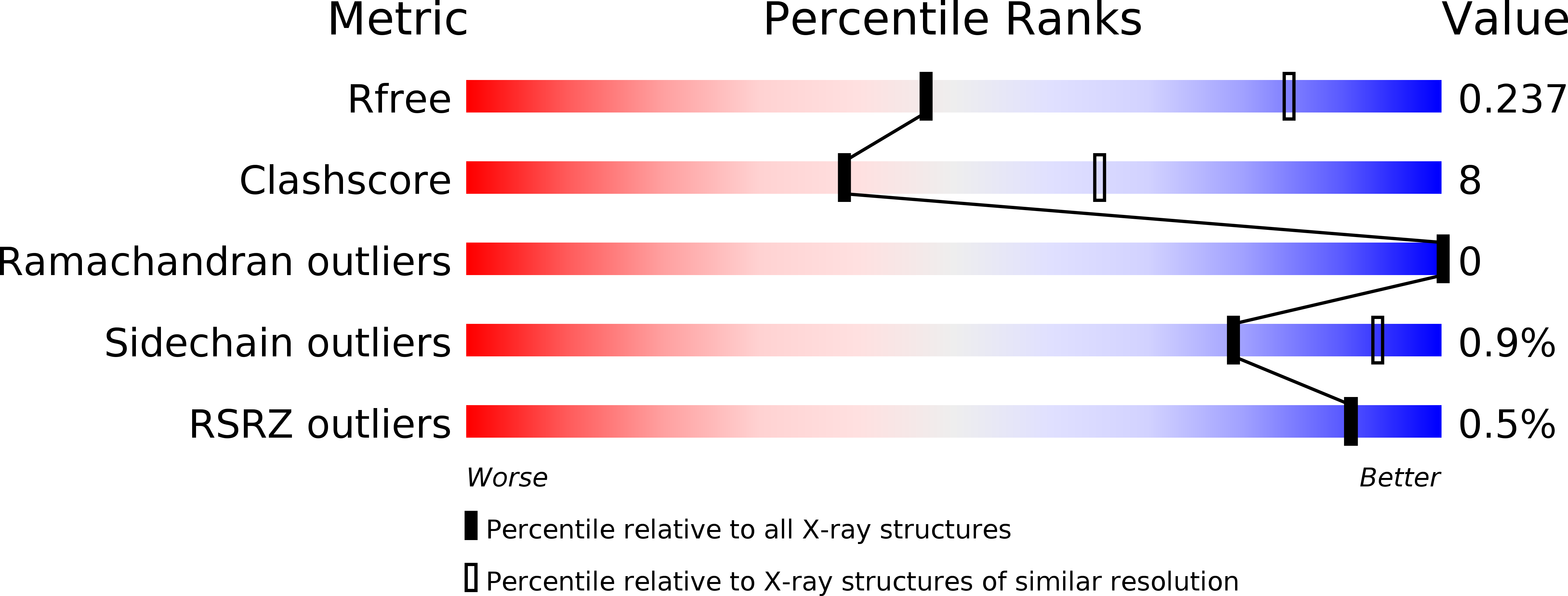
Deposition Date
2020-01-02
Release Date
2020-02-26
Last Version Date
2023-11-29
Entry Detail
PDB ID:
6LNW
Keywords:
Title:
Crystal structure of accessory secretory protein 1,2 and 3 in Streptococcus pneumoniae
Biological Source:
Source Organism:
Streptococcus pneumoniae TIGR4 (Taxon ID: 170187)
Host Organism:
Method Details:
Experimental Method:
Resolution:
2.90 Å
R-Value Free:
0.24
R-Value Work:
0.19
R-Value Observed:
0.19
Space Group:
P 31 2 1


